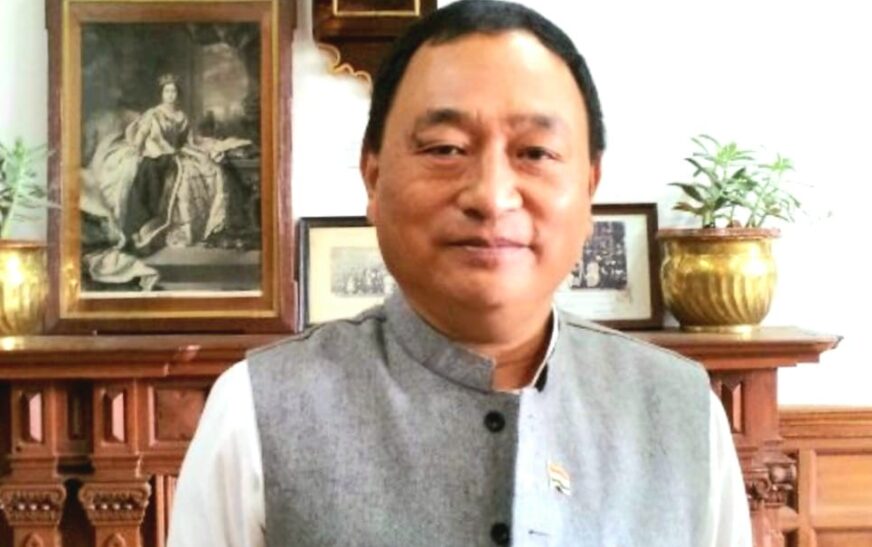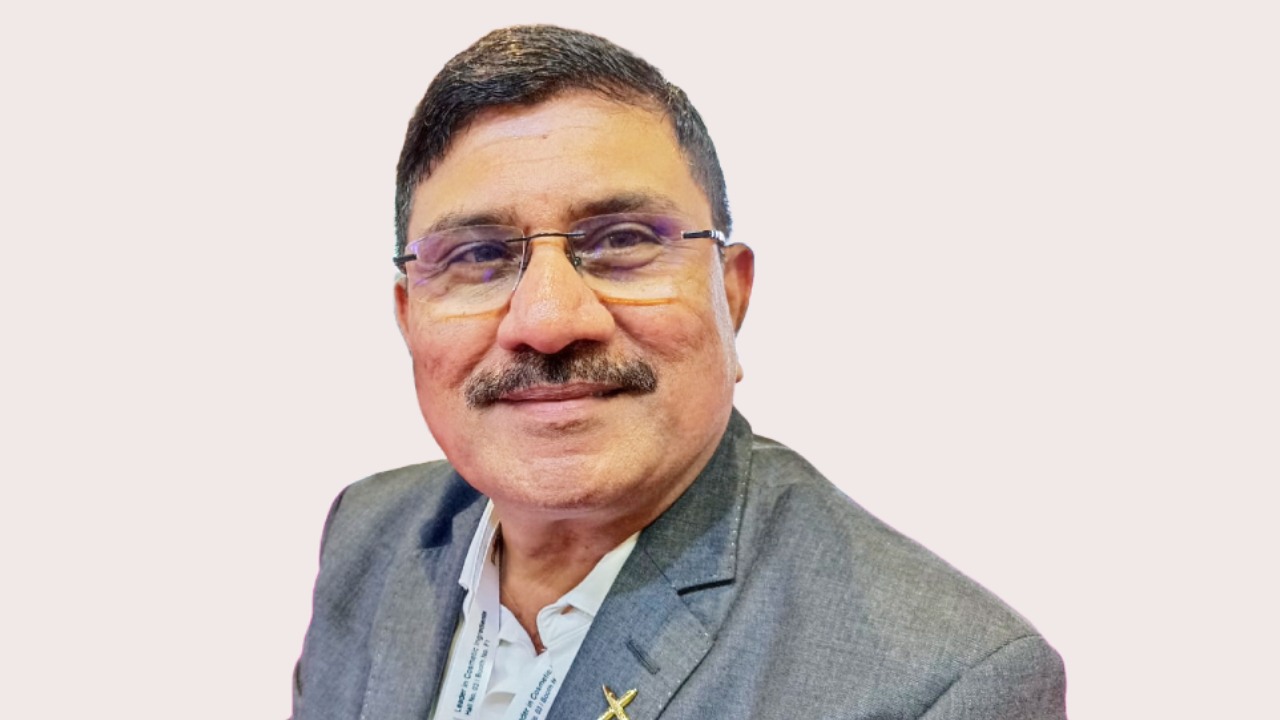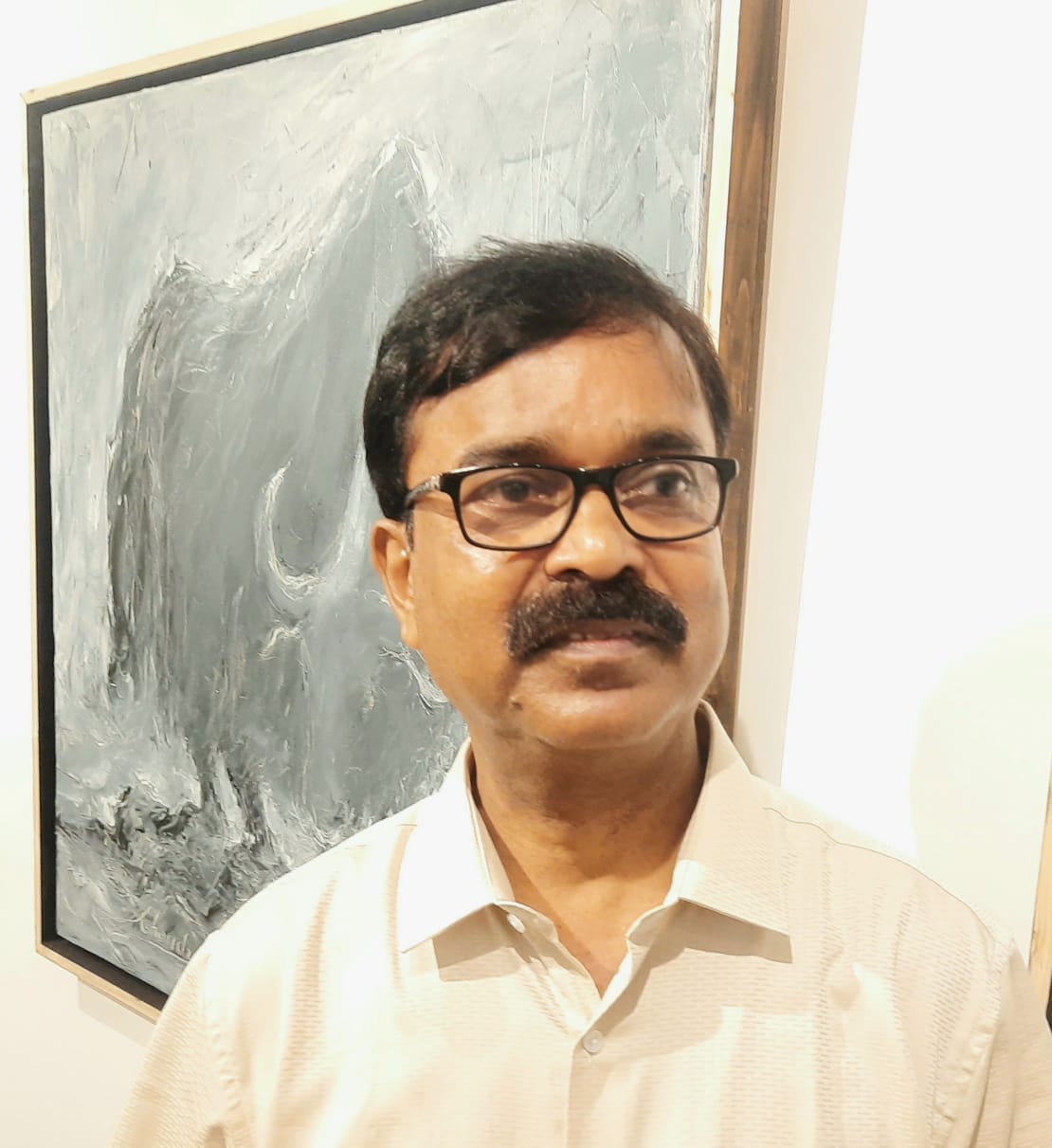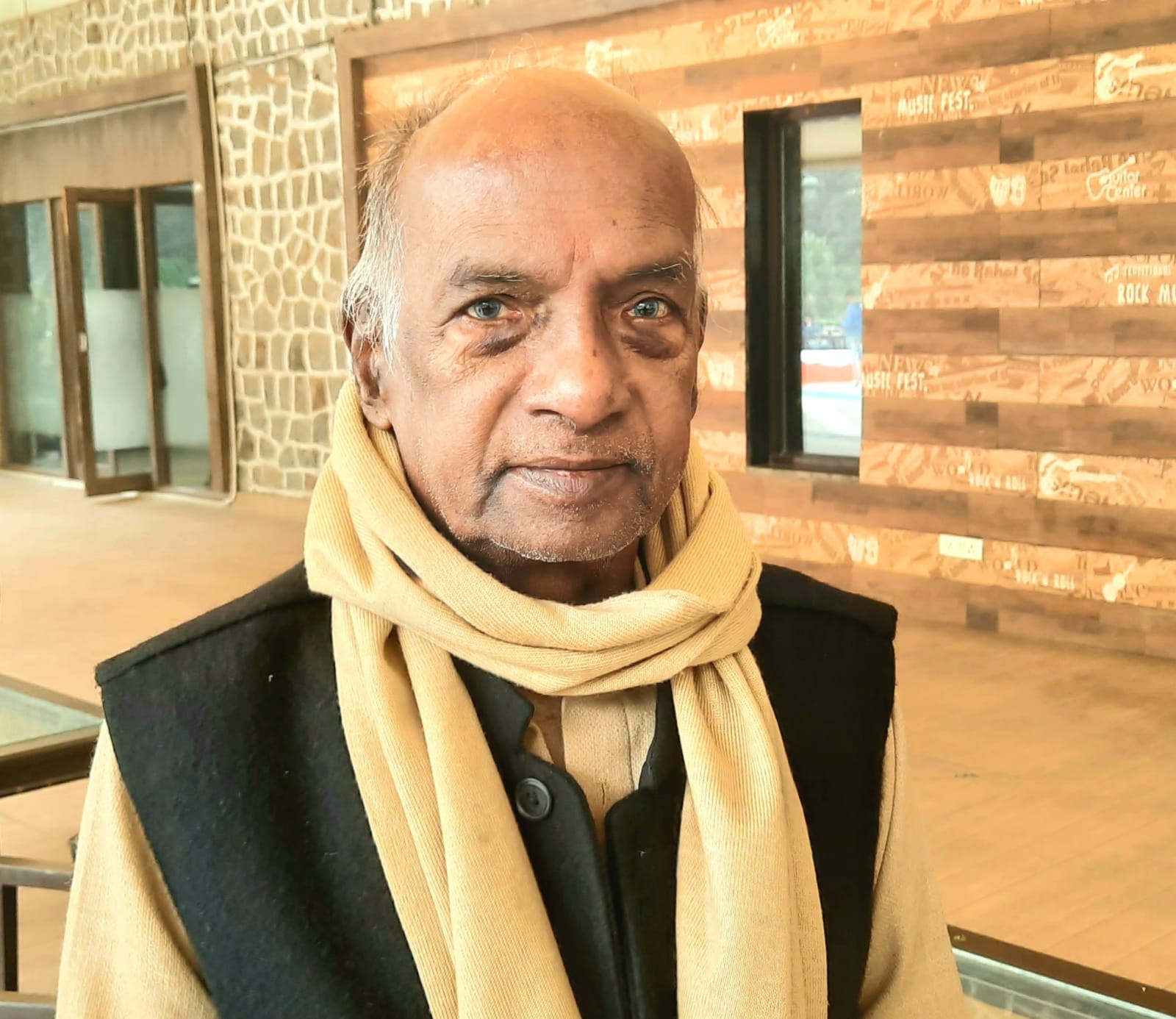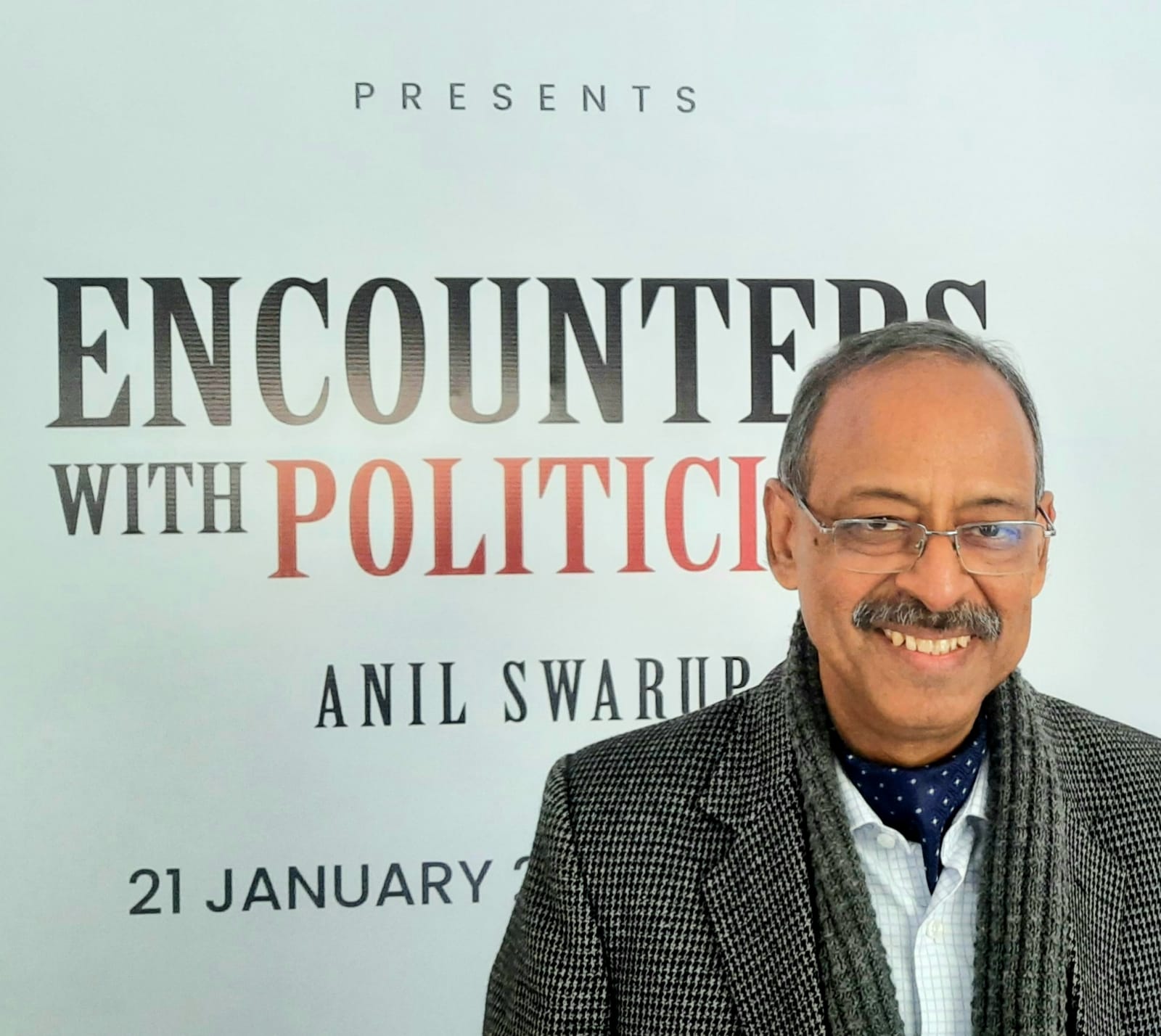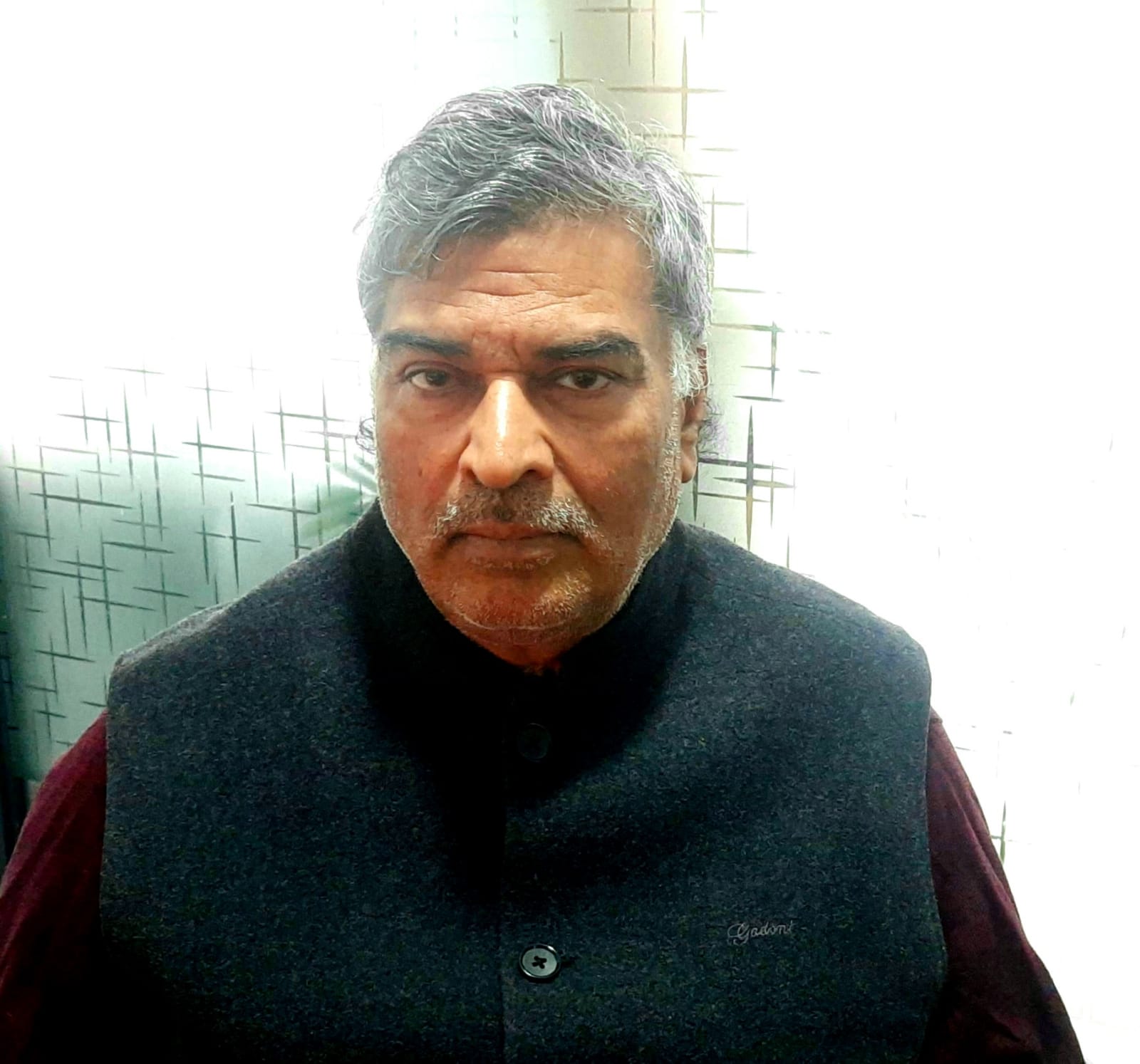Ninong Ering stands as a distinguished Indian politician, currently serving as the Member of the Legislative Assembly (MLA) for Pasighat West in Arunachal Pradesh. In addition, he holds the critical role of Advisor to the Minister for Hydro Power Development in the state, where he spearheads efforts to craft policies and strategies for sustainable energy development.
With a career spanning decade in public service, Ering has consistently championed the socio-economic advancement of Arunachal Pradesh. As a former Member of Parliament representing Arunachal East in the Lok Sabha, he has made notable contributions to national discussions on environmental conservation, infrastructure development, and minority welfare. Renowned for his unwavering commitment to grassroots issues, Ering remains deeply invested in fostering collaboration and driving progress across the region.
In an exclusive conversation with The Interview World, Ninong Ering addresses pressing concerns about China’s construction of the world’s largest dam on the Brahmaputra River, emphasizing its potential economic impact on Arunachal Pradesh. He provides valuable insights into the state’s ecological vulnerability and proposes actionable measures to mitigate risks. Furthermore, he outlines the steps India must take to bolster security and diplomatic stability in the region. Ering also underscores the importance of coordinated efforts between the central and state governments to counter the challenges posed by China’s activities along Arunachal Pradesh’s borders. Here are the key takeaways from this compelling conversation.
Q: How do you perceive China’s construction of the world’s largest dam on the Brahmaputra River near the Indian border? What immediate and long-term concerns does this pose for Arunachal Pradesh and the Northeast region of India?
A: China’s construction of the world’s largest dam near the Indian border raises serious concerns with far-reaching implications. In the short term, this massive project threatens to disrupt river flows, jeopardizing agriculture and water supply in Arunachal Pradesh and across Northeast India. Over time, the dam could destabilize the region’s delicate hydrological balance, triggering ecological risks and endangering livelihoods on a large scale.
These challenges highlight the urgent need for India to act decisively. Strengthening transboundary water-sharing agreements and intensifying diplomatic engagement with China are critical steps to ensure the fair and sustainable use of shared water resources. Proactive measures today can safeguard the region’s future and mitigate the risks posed by this development.
Q: With Arunachal’s economy and culture deeply rooted in agriculture, hunting, and village life, how do you anticipate the dam’s impact on local livelihoods? What measures can India take to safeguard its citizens?
A: Arunachal Pradesh’s local economy, rooted in agriculture, fishing, and traditional practices, faces significant threats from the dam’s impact on water availability and soil fertility. The resulting ecological changes could disrupt hunting and village life, further destabilizing the region’s delicate socio-economic fabric.
India must respond with concrete measures to mitigate these challenges. Strengthening irrigation infrastructure, promoting advanced water conservation techniques, and creating alternative livelihoods for affected communities are essential steps. Equally important is involving local stakeholders in decision-making processes. By prioritizing their voices and protecting their interests, India can foster resilience and ensure sustainable development in the region.
Q: Given the ecological fragility of Arunachal Pradesh, what sustainable development strategies would you recommend to balance growth while preserving the region’s biodiversity?
A: Arunachal Pradesh’s delicate ecosystem requires a harmonious blend of development and conservation. To achieve this, we must prioritize renewable energy solutions, especially solar and micro-hydro projects, which exert minimal environmental impact. At the same time, fostering community-led forest conservation programs can serve as a powerful tool to safeguard biodiversity. Promoting eco-tourism offers another avenue to create sustainable livelihoods while protecting the region’s natural treasures. Above all, every developmental initiative must be anchored in comprehensive environmental assessments and a steadfast commitment to long-term ecological sustainability.
Q: Arunachal Pradesh has been a focal point for border disputes and skirmishes with Chinese troops. In your opinion, what steps should India take to enhance security and diplomatic stability in this region?
A: India must tackle border disputes and skirmishes with China through a decisive two-pronged strategy. First, bolstering infrastructure and logistics in border regions is critical to enhancing security and ensuring swift response capabilities. Second, engaging in proactive diplomacy with China, while strategically leveraging international forums, can de-escalate tensions and promote stability. Simultaneously, India must deepen its engagement with global allies to champion a rules-based international order that upholds sovereignty and territorial integrity.
Q: Tawang is not only a cultural hub in Arunachal Pradesh but also deeply connected to Tibet. How do you view the historical and spiritual ties between Arunachal and Tibet, and how has China’s occupation of Tibet affected these ties?
A: The cultural and spiritual ties between Arunachal Pradesh and Tibet are deeply ingrained in history and heritage. Tawang stands at the heart of these connections, serving as a vibrant cultural hub. However, China’s occupation of Tibet has fractured these historic bonds, fuelling geopolitical tensions in the region. India must actively preserve and promote these shared cultural narratives, showcasing their enduring significance. At the same time, it is crucial for India to assertively uphold its claims over Arunachal Pradesh as an integral part of its sovereign territory.
Q: As the Advisor to the Minister for Hydro Power Development, how do you propose developing Arunachal Pradesh’s hydroelectric potential without compromising its ecological balance and cultural heritage?
A: Arunachal Pradesh boasts vast hydroelectric potential, but harnessing it must not compromise its ecological balance or cultural heritage. The emphasis should shift toward smaller, decentralized hydro projects that minimize environmental disruption. Equally important is involving local communities in planning and implementation to address cultural sensitivities and ensure inclusive development. For any large-scale initiatives, comprehensive environmental and social impact assessments must serve as non-negotiable prerequisites.
Q: What role do you see for the central government and regional partnerships in addressing the challenges posed by China’s activities, ensuring sustainable development, and fostering peace in the Northeast?
A: The central government has adopted a proactive stance to address the challenges arising from China’s activities. It is prioritizing the reinforcement of regional infrastructure, the promotion of cross-border trade and connectivity, and the enhancement of defence readiness. Simultaneously, partnerships with neighbouring countries and Northeastern states must focus on sustainable development, disaster resilience, and biodiversity conservation. By fostering regional cooperation and open dialogue, India can secure peace and stability in the region while driving its broader development objectives.
Note: Ninong Ering is set to speak at the Siang Dialogue 2.0, hosted by Red Lantern Analytica on February 8-9, 2025, under the theme “Global Horizons: Addressing Current Concerns in an Evolving World.”


